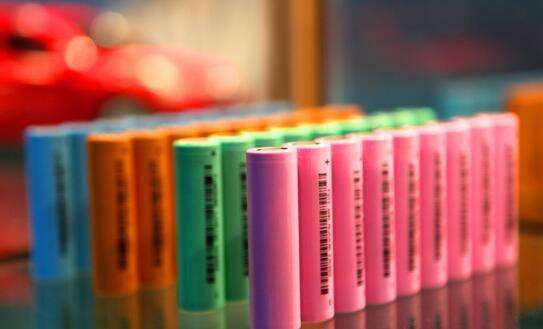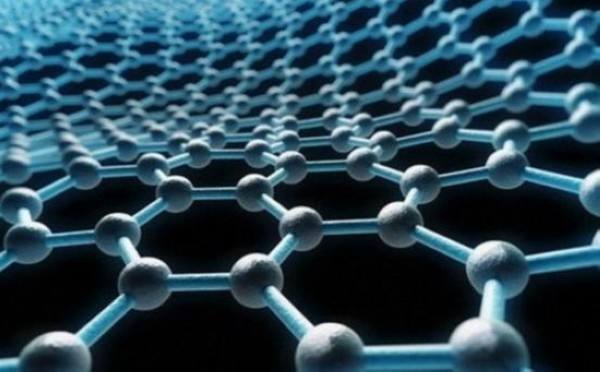How Much You Know About Lithium Battery Shelf Life
Aug 05, 2019 Pageview:2379
Lithium is the lightest of all metals, possesses the biggest electrochemical potential and delivers the biggest specific energy per weight. Rechargeable lithium metal batteries on the anode could provide astonishingly high energy densities; nevertheless, in the mid-1980s it was observed that cycling generated undesirable dendrites on the anode. These particles of growth penetrate the separator, causing electrical shortness. The temperature of the cell would increase rapidly and approach the lithium melting point, causing thermal runaway, also known as "flame venting."
The battery of metal-lithium uses lithium as the anode, Li-ion uses graphite as anode and the cathode as an active material. The high cell voltage of 3,60 V is the key to the superior specific energy. Significant changes in active materials and electrolytes could increase the energy density further. The features of the charge are great and the flat discharge curves provide efficient usage of the stored electricity in a desirable 3.70–2.80V / cell range.
The word lithium-ion is used to describe a family of batteries with similarities, but chemistries are widely different. Li-cobalt, Li-manganese, NMC, and Li-aluminum are similar to the ones they produce and are used for portable purposes. Li-phosphate and li-titanate have lower voltages and lower capacity, but also very long-lasting. These batteries are mainly available for stationary and wheeled applications.
1. Lithium Battery?Shelf Life and Death
A lithium battery's typical life expectancy is approximately two to three years or 300 to 500 charging cycles. One charging cycle is a use period from completely charged, completely uncharged and recharged again. Use a life expectancy of two to three years for batteries that do not complete the charging cycles. If batteries are not in use for 6 months, check the charge status and charge, or remove the battery accordingly. Do not leave the battery unused in the product or storage for a prolonged period of time.
Lithium-Ion rechargeable batteries have limited service life and will? lose their capacity to hold a charge gradually. This capacity loss is irreversible (aging). As the battery loses capacity, its power consumption (run-time) reduces the length of time.
The shelf life of Lithium batteries depends on Various factors,
· Operating Temperature
· Charge Level (of each time)
· Charging Time (Type of Charger used w.r.t. Voltage)
· Discharge Cycle
· Degradation
· Power Density
2.Lithium Battery Shelf Life Protection
They suffer to varying degrees based on specific chemistry, how they are stored, what they're made of (for instance defects) and how they are used. They don't experience any memory effects. Lithium batteries have both cycle life and shelf life. All the above items (chemistry, stock conditions, production conditions, conditions of use) affect this shelf life.
If your cell is kept fully charged, its shelf life will be greatly limited. Since at least most cells become hot if charged, their shelf life will shorten too. Maintaining it too low will also significantly shorten cell life.
The reality is, it is the battery that is stored as high as you can without being too low (generally 3V at rest or about 5 percent).?
When not in use or during storage, lithium batteries slowly continue to discharge (self-discharge). It is recommend check the charging status of the battery routinely. The user manual provides data as well as guidelines on battery charging and how the battery status is to be checked.
Lithium Battery's Life is generally measured in the number of Charge and Dis-Charge Cycles. On average Basis, it is Nearly +-1000 times but due to the non-correct factors at many times, it generally lasts for about +-500 times or +-500 life cycles.
The two steps that could help you to protect shelf life:
· It is better to charge or discharge a battery before storage up to approximately 50% of its capacity.?
· Charge the battery at least once every six months to about 50% capacity.
That being said, the boost of shelf life is negligible from approximately 20% to about 70%, making it more practical to keep it to 40%–60%. This is the perfect balance between not having a considerable effect on shelf life and enabling you to use or store batteries instantly without tracking them for longer periods.
3. How To Make Lithium Battery Have Longer Shelf Life
Lithium battery packages are expensive. There's a couple of things to keep in mind if you want to make them last longer:
For lithium batteries, the potential storage temperature is -20oC to 60oC, but-20oC to 25oC is suggested during long-range storage and 15oC is optimal. Cells with a partial charge of between 30 and 50 percent should be stored. The cell voltage should not be reduced below 2.0Vs per cell and cells should be topped up to avoid over-discharge, even if the cells can be held completely discharged. The maximum voltage must not be more than 4.1 Volts.
It is best to prevent bringing the battery to zero, so lithium chemistry prefers partial discharge from deep discharge. Because lithium chemistry does not have "memory," the battery pack with the partial discharge will not suffer. If the voltage of a lithium cell drops below to a certain level it has to be ruined. The battery pack is not damaged with partial discharge.
The manufacturing dates are important as Lithium batteries do age. The countdown of their life starts from here. They only last two to three years, even if they are sitting on a shelf unused. So do not "avoid using" the battery with the thought that the battery pack will last five years. It won"t. Also, if you are buying a new battery pack, you want to make sure it really is new. If it has been sitting on a shelf in the store for a year, it won’t last very long.
In a separator failure, that same sort of short occurs within the lithium battery. Avoid heat degrading the batteries. Because the battery of lithium-ion is so energized, it gets very hot. The heat causes the battery to haul the organic solvent used as an electrolyte, and it may be lighted by the heat (or a nearby spark). The heat from the fire finds its way to the other cells once it transpires within one cell, and the entire pack is flamed up.
- Prev Article: Why is my battery draining so fast?
- Next Article: Discussion on Flow battery vs. Lithium-ion
Leave Message
Hottest Categories
-
Hottest Industry News
-
Latest Industry News











